Rocket Launch
In preparation for our balloon launch, we built and launched a rocket to test the sensors that will be on our balloon’s payload.
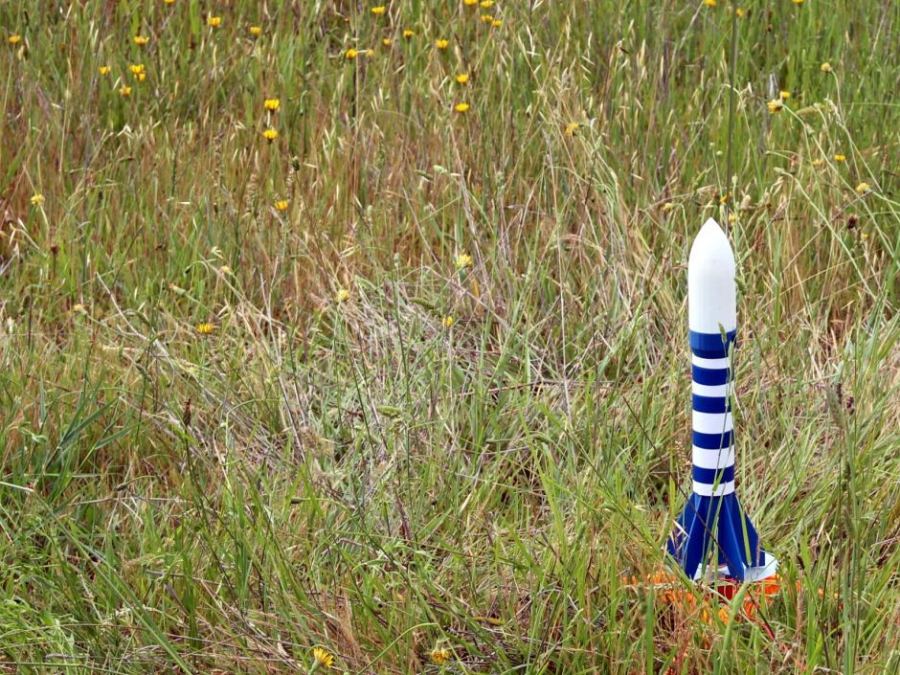
As part of the rocket science unit in our mechatronics course, we learnt about the specific design of a rocket could have such a large impact on the flight, apogee and making sure it doesn’t explode – thankfully, ours didn’t. Who knew that the number and length of the fins could effect the flight so much?
It also gave us the opportunity to use 3D printing software to create the exact rocket design that we desired.

3D printing most of the components gave us the ability control where everything goes in the rocket as well as how the rocket behaves during its flight. The nose cone was designed to house the payload and also designed to come off to release the parachute. The fins at the bottom contained the rocket motor and lid into the body of the rocket, which was a fancy cardboard tube, and had plenty of room to house the parachute and fit the nose cone payload on the top.
The payload was an opportunity to test almost everything that was going to go up in the balloon. It also allowed us to change, remove and add certain components to figure out the best devices to use in our balloon payload.
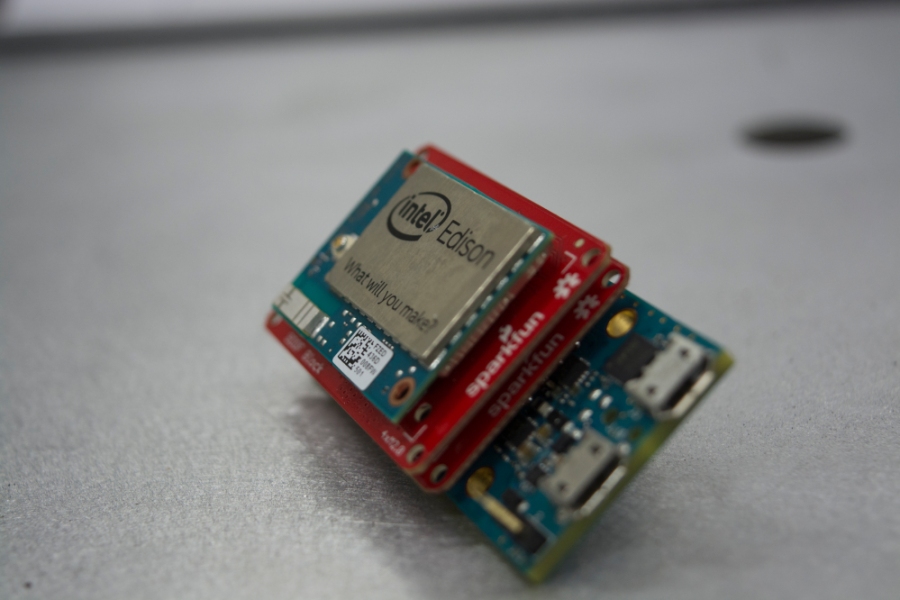
Our payload contained: a micro-controller (Intel® Edison), 9 Degrees of Freedom (9DoF), barometer and an SD card. This payload was the very first prototype of all of the essential electronics, helping us to test some of the logging software, to understand the type of data we receive and indicated that it all works together.
While an unfortunate break in solder prevented us from saving the data onto the SD card on the first launch, after much probing around with a multimeter and double-checking the code we managed to fix the problem, and successfully got it going on the 2nd launch. Facing challenges like this out on the field was daunting, but ultimately gives us the experience of debugging and solving problems on the fly, and preparing us for similar situations if something were to go wrong at the balloon launch.
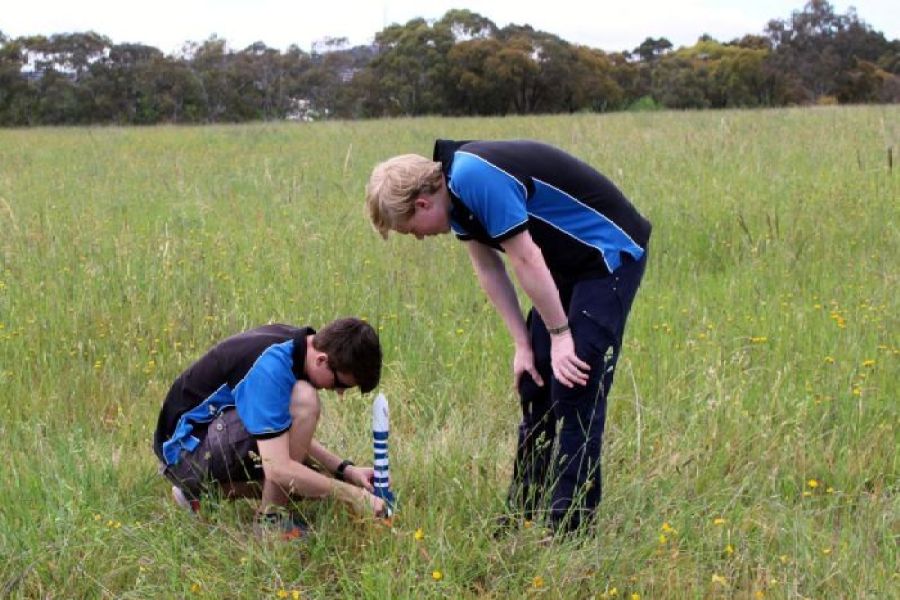
We also had the privilege of being interviewed by Louise Maher from the ABC. To listen to the interview or find out more, go here.

After several delays the rocket was launched by student Madeleine Mackey. – Lake Ginninderra, ACT (666 ABC Canberra, Louise Maher)
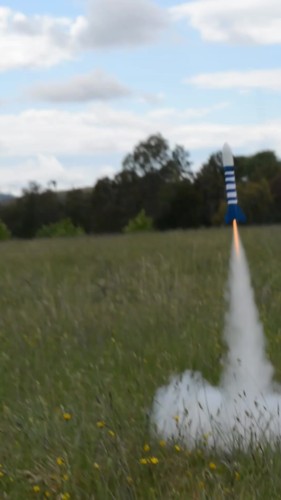
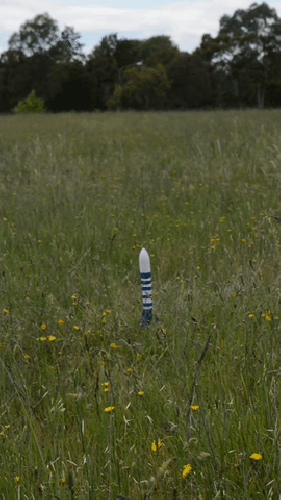
The rocket launch gave us a clear picture of the work that still needed to be completed and how tough this project might actually be, especially trying to balance school and work. But we are on track; our logging software complete, steering algorithm basically done and the circuit board being soldered up this week. We will be ready to launch in under 32 days.

